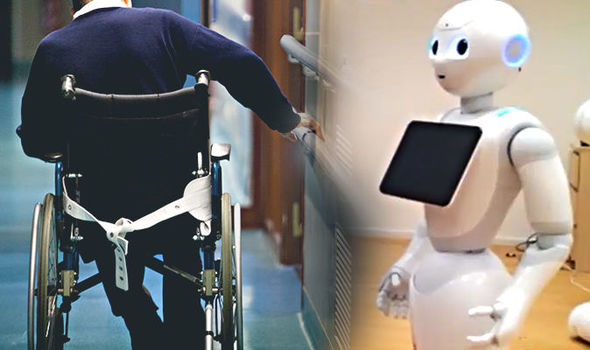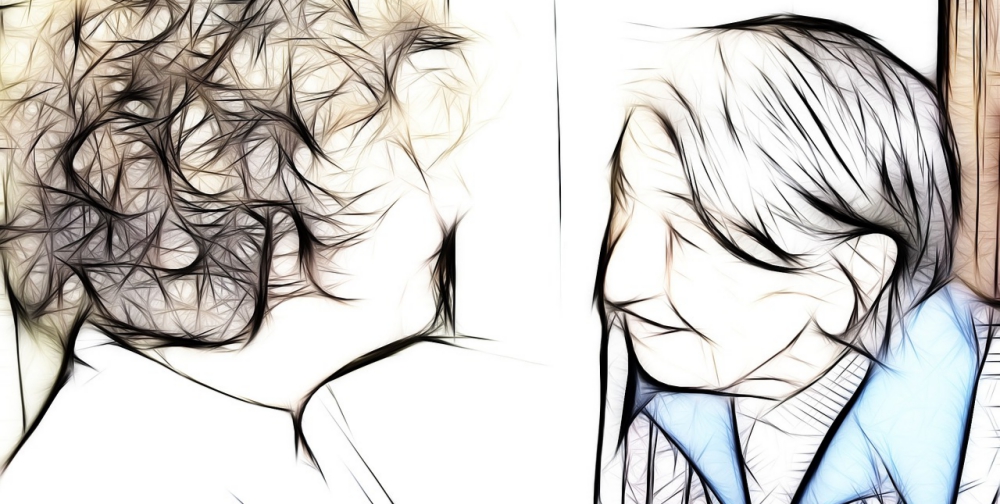As a result of declining birth rates and increasing life-expectancies, populations around the world are nowadays ageing at unprecedented rates. In Europe, the life expectancy at birth for both, men and women, has increased by 10 years within the past five decades, and is expected to rise even further in the future (European Commission, 2020). While the increasing longevity brought about by significant breakthroughs in healthcare has been a major achievement of our time, the changing demographics are also posing tremendous challenges on public health care systems in providing sufficient care for the growing share of older people. Already today, the demand for workers in elderly care is significantly exceeding the supply, a trend that will continue and accelerate even further.
Major developments in AI and robotic technology however provide an exciting opportunity to complement elderly care by counteracting the growing labor shortages within nursing facilities and home care and helping older people to preserve their independence for longer (Association for Advancing Automation, 2020).
Overview of service robots in elderly care
Broadly, one can distinguish between two categories of robots in elderly care. The first category includes rehabilitation robots which aim at physical assistance and would include devices such as smart wheelchairs and artificial limbs. The second category refers to assistive social robots which are seen as “social entities” that are meant to actively interact and communicate with the user. Within this category, there are two different kinds of social robots: service type robots and companion type robots (Broekens et al., 2009).
Service type robots
Service type robots have their main functionality in assisting older people in their everyday lives. One example is the robot “Pearl” . It reminds people of their daily activities, such as eating or going to the bathroom and supports them in their mobility, for instance by navigating them through the nursing facilities and accompanying them to appointments, social events or regular walks for exercise (Pollack et al., 2002).
Companion type robots
Apart from service type robots, robots are also being utilized as “companions” that can help counteracting loneliness and strengthening the psychological well-being amongst older people. One example is the robot “Pepper” which is utilized in several care homes in the UK. “Pepper” can learn about the interests of care home residents, allowing him to have conversations with them, play their favorite music and play games with them (The Guardian, 2020). Another type of companion robots includes therapeutic pet robots, such as the cat-shaped robot “iCat” or the seal-shaped robot “Paro”. Studies have shown, that “Paro” can indeed reduce loneliness, depression, agitation and blood pressure among older adults with dementia (Hung et al., 2019).
Reflection
Personally, I think these are exciting developments. While robots can by no means sufficiently compensate for the growing labour and capacity issues in elderly care, I do think that they can become an important pillar as an additional source of support. However, the emphasis here should clearly be on additional support. It is crucial to consider the ethics of using robots to care for the elderly and not to neglect the importance of interpersonal contact and quality of care for the sake of efficiency.
What are your thoughts on the utilization of AI and robotics in elderly care?
References
- Broekens, J., Heerink, M., & Rosendal, H. (2009). Assistive social robots in elderly care: a review. Gerontechnology, 8(2), 94–103.
- Hung, L., Liu, C., Woldum, E., Au-Yeung, A., Berndt, A., Wallsworth, C., Horne, N., Gregorio, M., Mann, J., & Chaudhury, H. (2019). The benefits of and barriers to using a social robot paro in care settings: a scoping review. Bmc Geriatrics, 19(1), 1–10.



